GOES-U
Falcon Heavy
SpaceX
Weather Forecast During Launch
According to weather officials, there’s a 70% chance of favorable weather conditions at the time of the launch.
Trajectory
View comprehensive details including the rocket’s trajectory, velocity, altitude, thrust, and more at FlightClub.io.
Mission
GOES-U
- Type: Earth Science
- Orbit: Geostationary Transfer Orbit
- Launch Cost: $90,000,000
The Geostationary Operational Environmental Satellite-U (GOES-U) is the fourth of the next generation of geostationary weather satellites, known as the GOES-R series. The four satellites of the series provide advanced imaging with increased spatial resolution and faster coverage for more accurate forecasts, real-time mapping of lightning activity, and improved monitoring of solar activity. Once GOES-U reaches orbit, it will be renamed GOES-19.
Location
Rocket
Landing
Core B1087
Booster B1087 last launched 06/25/2024 and has seen 0 successful launches and landings. Falcon Heavy core booster expended during the GOES-U mission.
Atlantic Ocean – ATL
Atlantic Ocean
Expended – EXP
Vehicle did not perform any landing operations after launch
Strap-On Booster B1086
Booster B1086 last launched 06/25/2024 and has seen 1 successful launches and landings. Falcon Heavy side booster, first flown during the GOES-U mission.
Landing Zone 2 – LZ-2
LZ-2 Pad located at Cape Canaveral Space Force Station at the previous LC-13. Directly next to LZ-1
Return to Launch Site – RTLS
A return to launch site usually means that after stage separation the booster flips and does a burn back towards the launch site, landing near where it initially launched from.
Strap-On Booster B1072
Booster B1072 last launched 06/25/2024 and has seen 1 successful launches and landings. Falcon Heavy side booster first flown during the GOES-U mission.
Landing Zone 1 – LZ-1
LZ-1 Pad located at Cape Canaveral Space Force Station at the previous LC-13
Return to Launch Site – RTLS
A return to launch site usually means that after stage separation the booster flips and does a burn back towards the launch site, landing near where it initially launched from.
Agency
SpaceX
Space Exploration Technologies Corp., known as SpaceX, is an American aerospace manufacturer and space transport services company headquartered in Hawthorne, California. It was founded in 2002 by entrepreneur Elon Musk with the goal of reducing space transportation costs and enabling the colonization of Mars. SpaceX operates from many pads, on the East Coast of the US they operate from SLC-40 at Cape Canaveral Space Force Station and historic LC-39A at Kennedy Space Center. They also operate from SLC-4E at Vandenberg Space Force Base, California, usually for polar launches. Another launch site is being developed at Boca Chica, Texas.
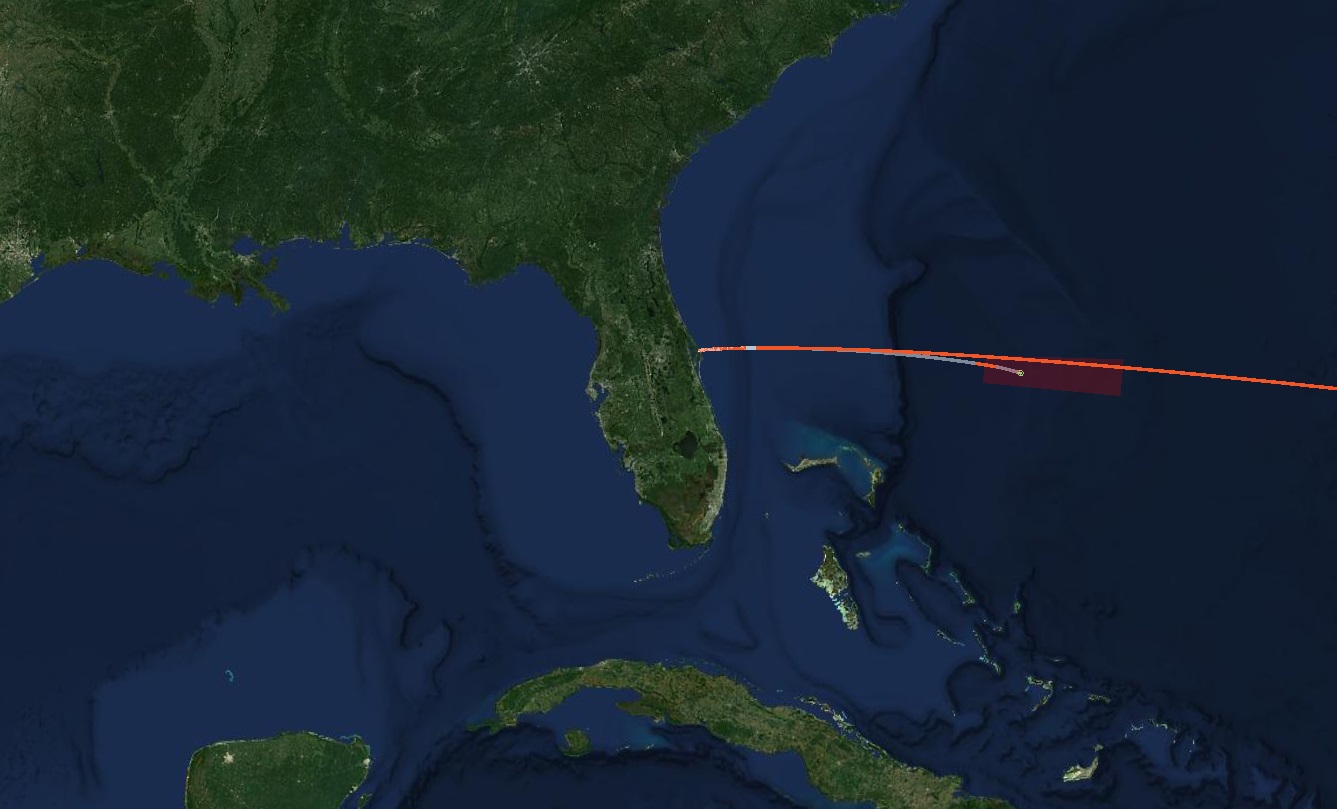
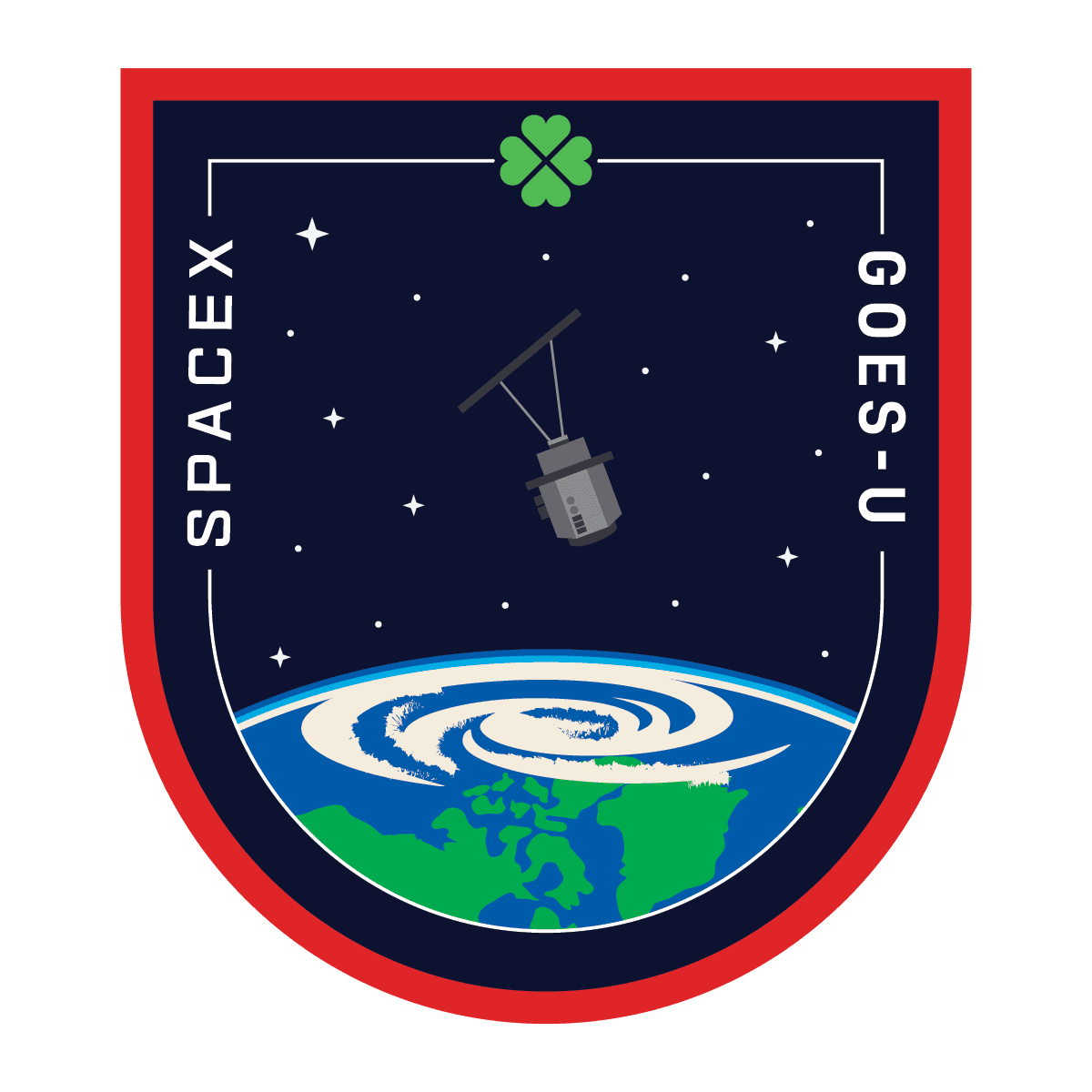
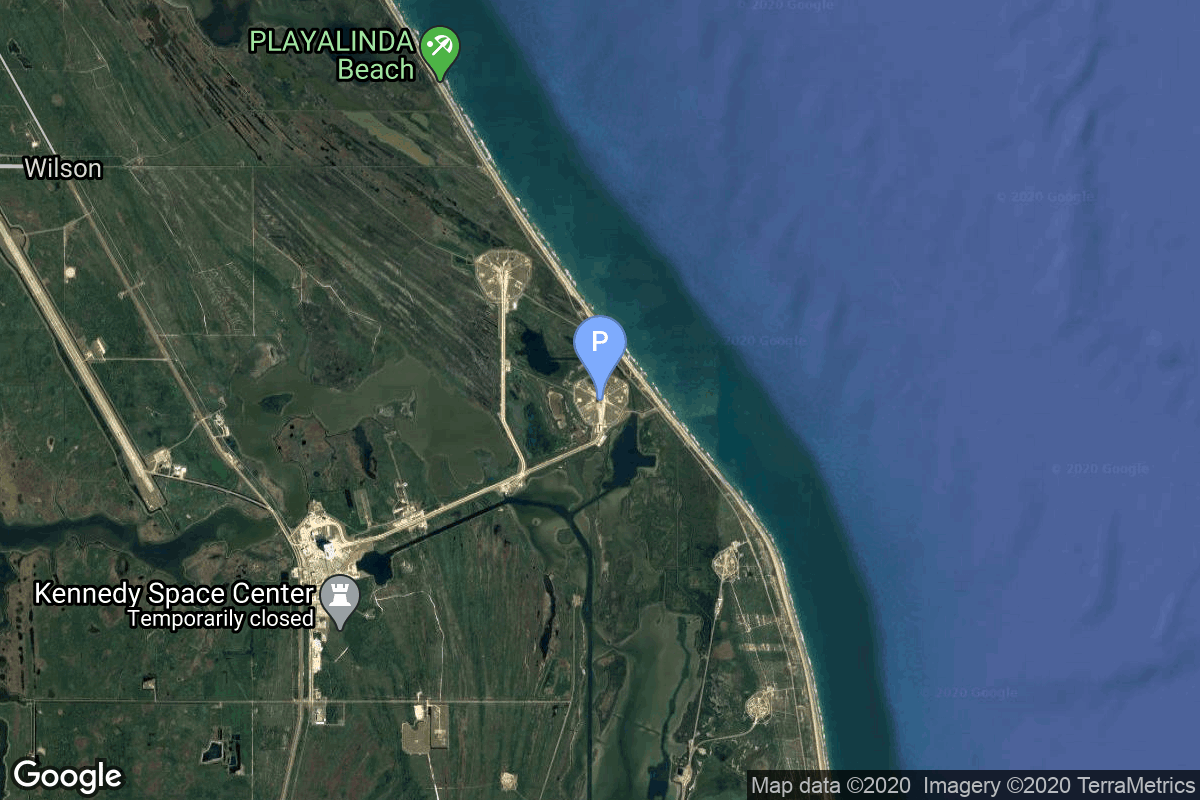
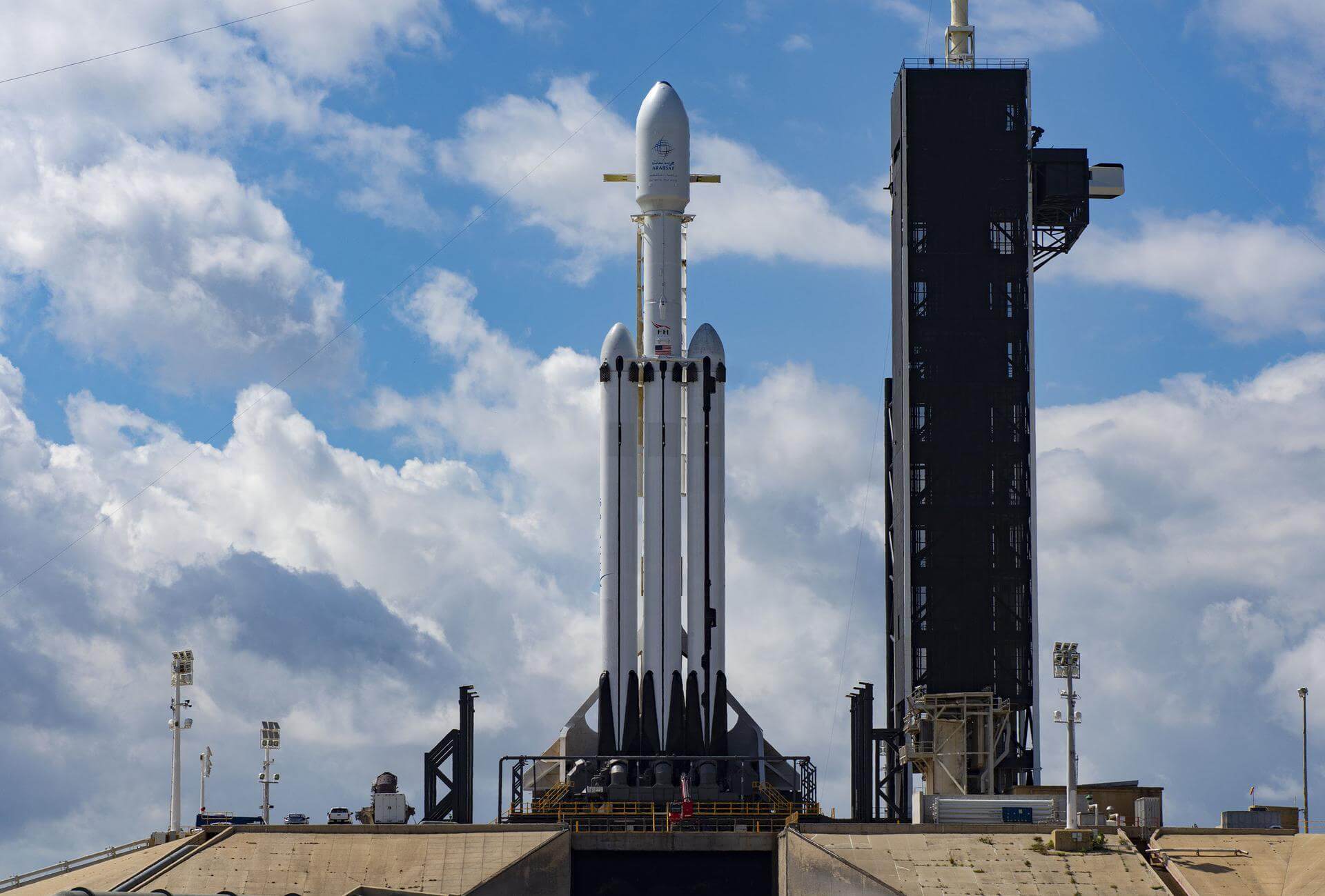
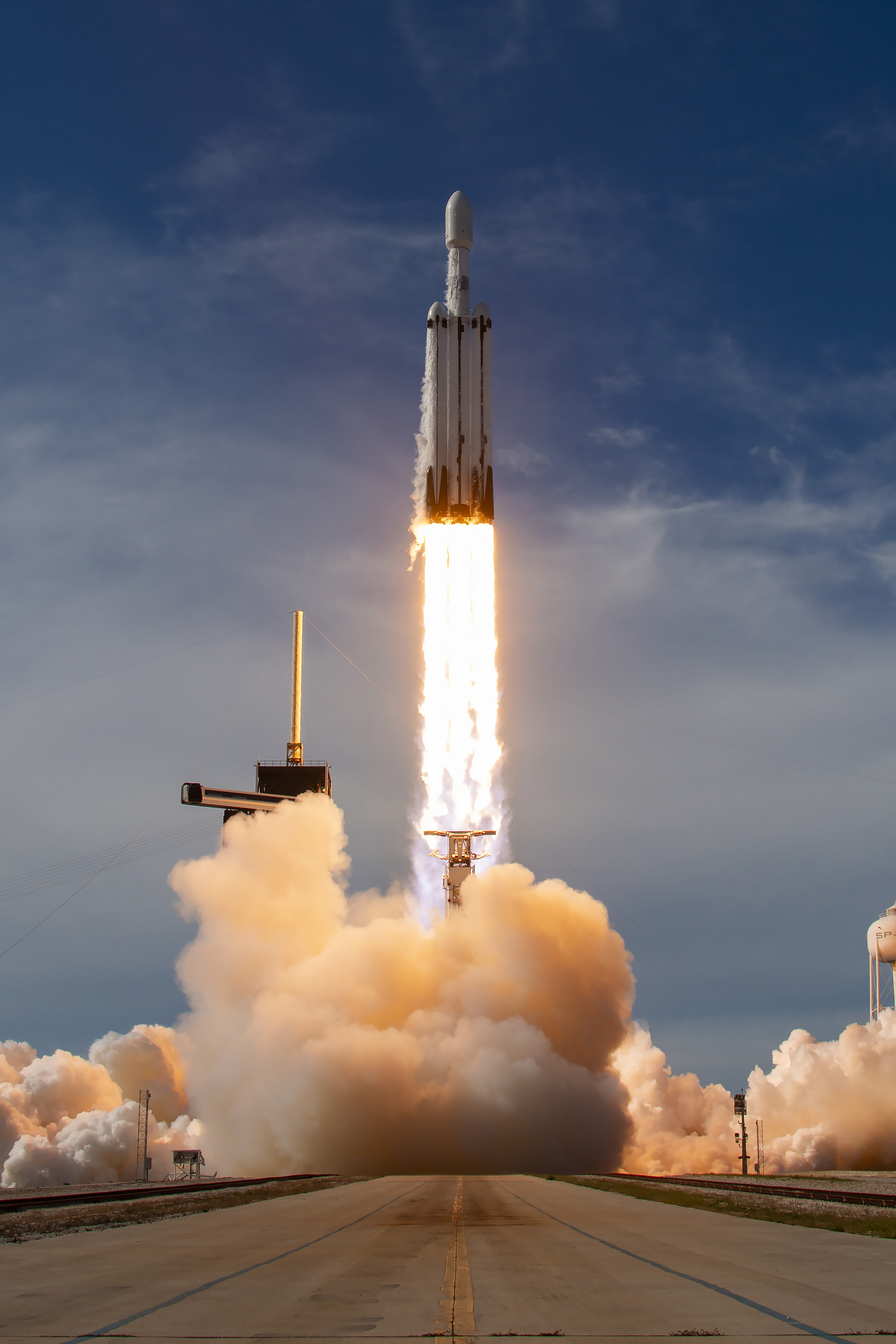
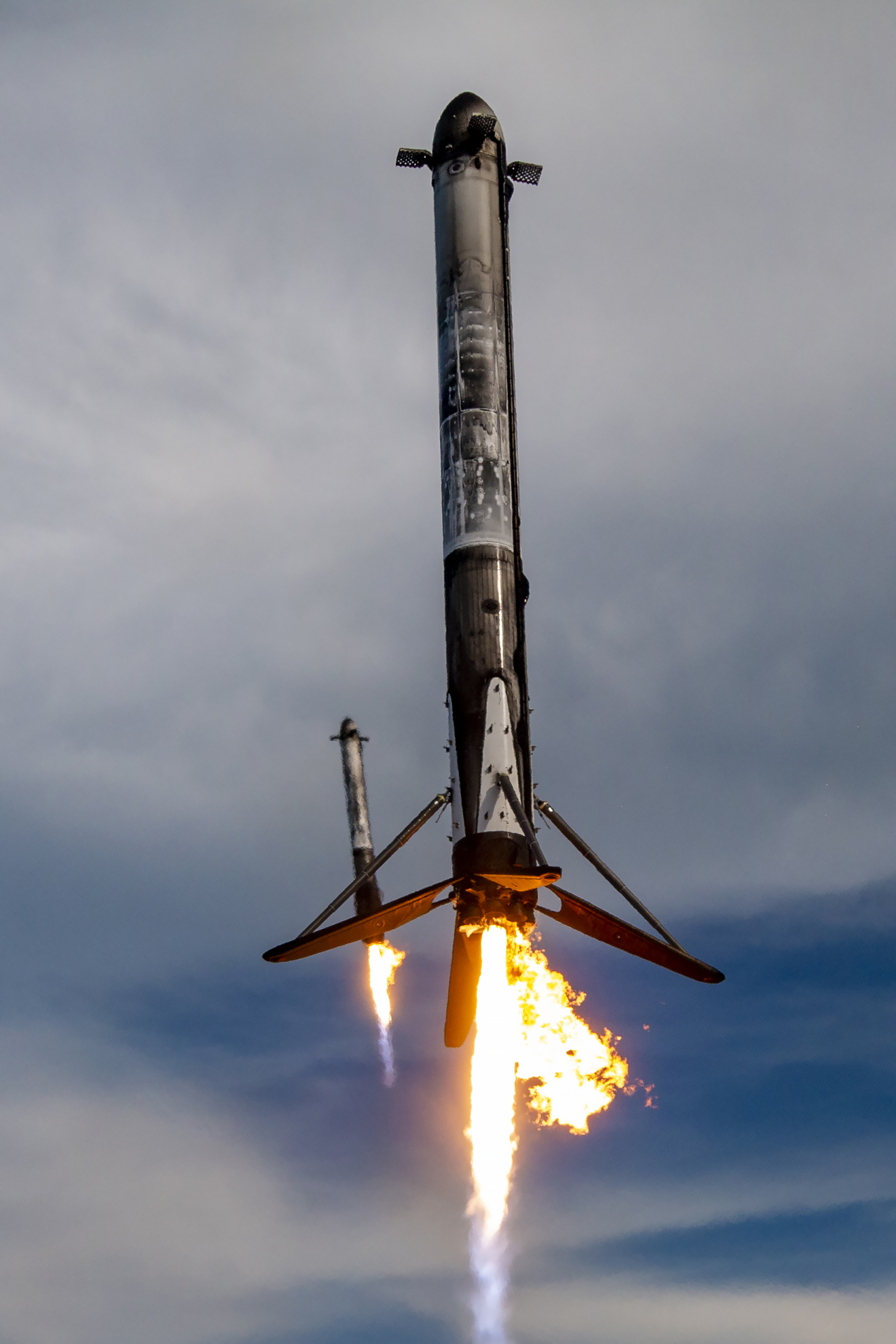

I will absolutely be there!!
Great to see the “heavy dude” back……..
Can’t wait for the launch!
Drove all the way from MICHIGAN to see this! Hope it happens for my son!!!
Great launch.